From the tiniest seeds to the tallest trees, or the transformation from caterpillar to butterfly or tadpole to frog… plant and animal life cycles are awe-inspiring.
And summer is the perfect time to learn all about these plant and animal life cycles!
In fact, this printable, and learning all about plant and animal life cycles, is part of my Summer Camp at Home program. Summer Camp at Home is a 6-week nature program with just the right amount of structure and whimsy. It gives you and your children an easy summer filled with nature and beautiful memories.
There are two versions of Summer Camp at Home: the Little Kid Edition, perfect for children 2-6 years old, and the Big Kid Edition, aimed toward 6-12 year olds.
The plant and animal life cycles are included in both versions of Summer Camp at Home! You can also download your FREE copy of the Plant and Animal Life Cycle Printable a little further down in this post.
What’s Included with the Printable
This plant and animal life cycle printable includes five 4-stage life cycles:
- Butterfly: Egg, Caterpillar, Chrysalis, Butterfly
- Bee: Egg, Larva, Pupa, Bee
- Frog: Egg, Tadpole, Froglet, Frog
- Bird: Egg, Hatchling, Fledgling, Adult Bird
- Sunflower: Seed, Sprout, Young Plant, Mature Plant
These are the themes we explore in the Little Kid Edition and Big Kid Edition of Summer Camp at Home (along with Stars & Constellations).
You can download your FREE Plant and Animal Life Cycle Printable below. You’ll also receive a sample from both the Little Kid and Big Kid Editions of Summer Camp at Home:
Get your printable? Good! Now keep reading for lots of fun ways to learn and play with these plant and animal life cycles!
How to Use the Plant and Animal Life Cycles
Explore the life cycles with playdough.
The frog life cycle lends itself very well to this activity, as you can start with a single ball of playdough as the ‘egg’ and smoosh and form it into each step—pinch it to form a little tail to become a tadpole, pinch two little legs to form it into a froglet, then the arms, and finally smoosh that tail back in so your froglet transforms into an adult frog!
Make a model of the life cycle with clay.
The butterfly life cycle would be perfect for this activity. After your clay egg, caterpillar, chrysalis, and butterfly have dried, pull out the paints! Your little one can learn about patterns when painting their caterpillar and symmetry when painting their butterfly.
Go on a scavenger hunt.
Choose one or two life cycle sets and hide them around a room or perhaps outside in a garden. Once each piece is found, your little one can sort them into individual life cycles and arrange them in order on the life cycle wheel.
Play a life cycle matching game.
Print two copies and arrange the pieces facedown on a table. Flip two over at a time to see if you can find the matches!
For an easier version that only needs one copy, flip over two at a time and try to find two from the same life cycle (the life cycles are color-coded to make this extra easy). Bonus points if you uncover all four from the same life cycle!
For a harder version that only needs one copy, flip over two at a time and try to find two from the same stage of a lifecycle (e.g. two in the first ‘egg’ stage or two fully grown adults).
Add them to a sensory bin.
Add the life cycle cards in a sensory bin for your little one to uncover and place in order. Depending on what you are using for your sensory bin filler, you may need to laminate the cards first. Sealing them between two pieces of contact paper or some packing tape also works well!
Compare two different life cycles.
Choose two of the life cycles and compare them. How are they different? How are they similar? Your little one might note that both life cycles begin with an ‘egg’ stage. Or perhaps how the caterpillar and larva look similar—in fact, a caterpillar is a type of larva!
I hope you and your little ones enjoyed playing and learning with these plant and animal life cycles!
For even more beautiful nature activities, check out Summer Camp at Home.
The secret to a magical and learning-filled summer.
 |
 |
Thank you so much for reading, sweet friend,
xo
Sarah
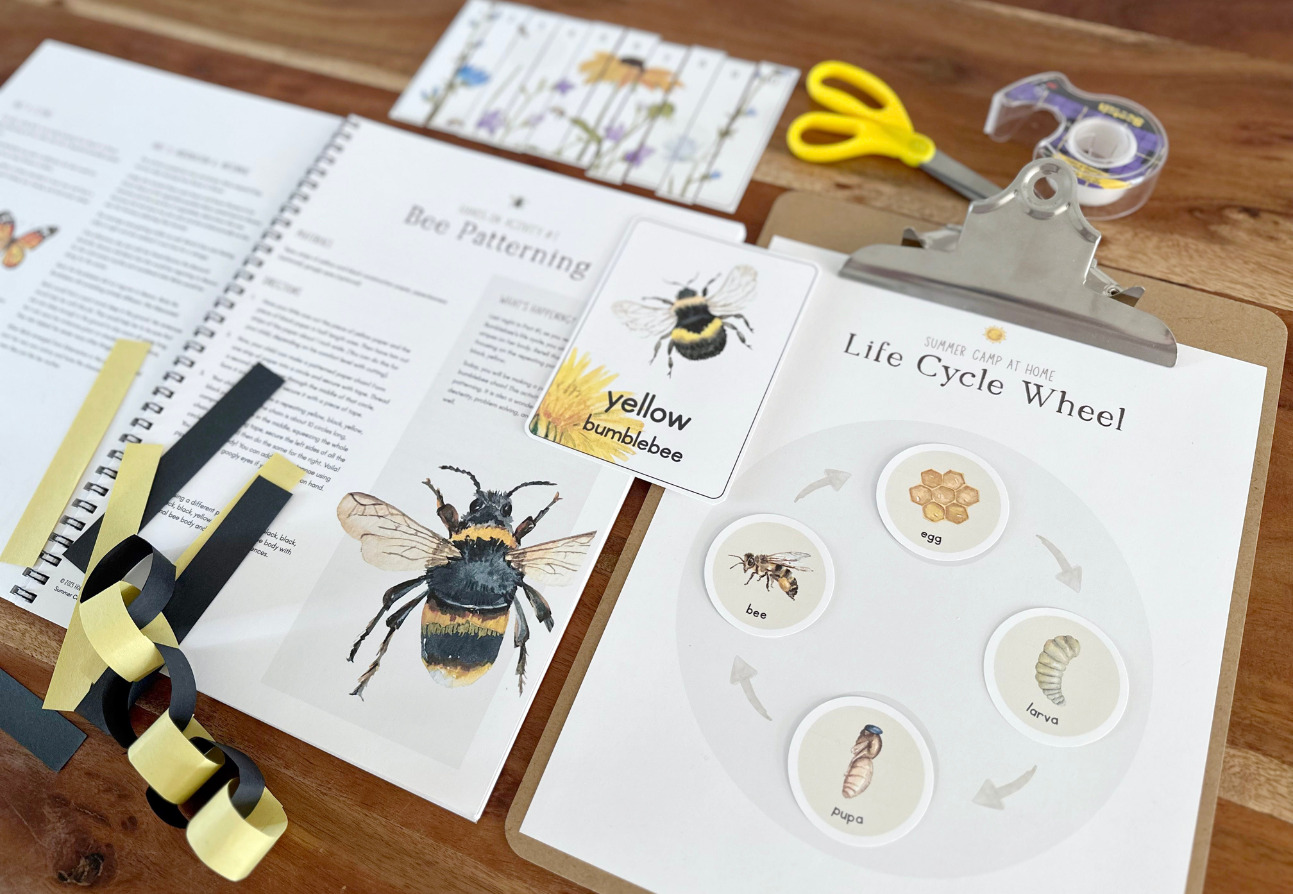
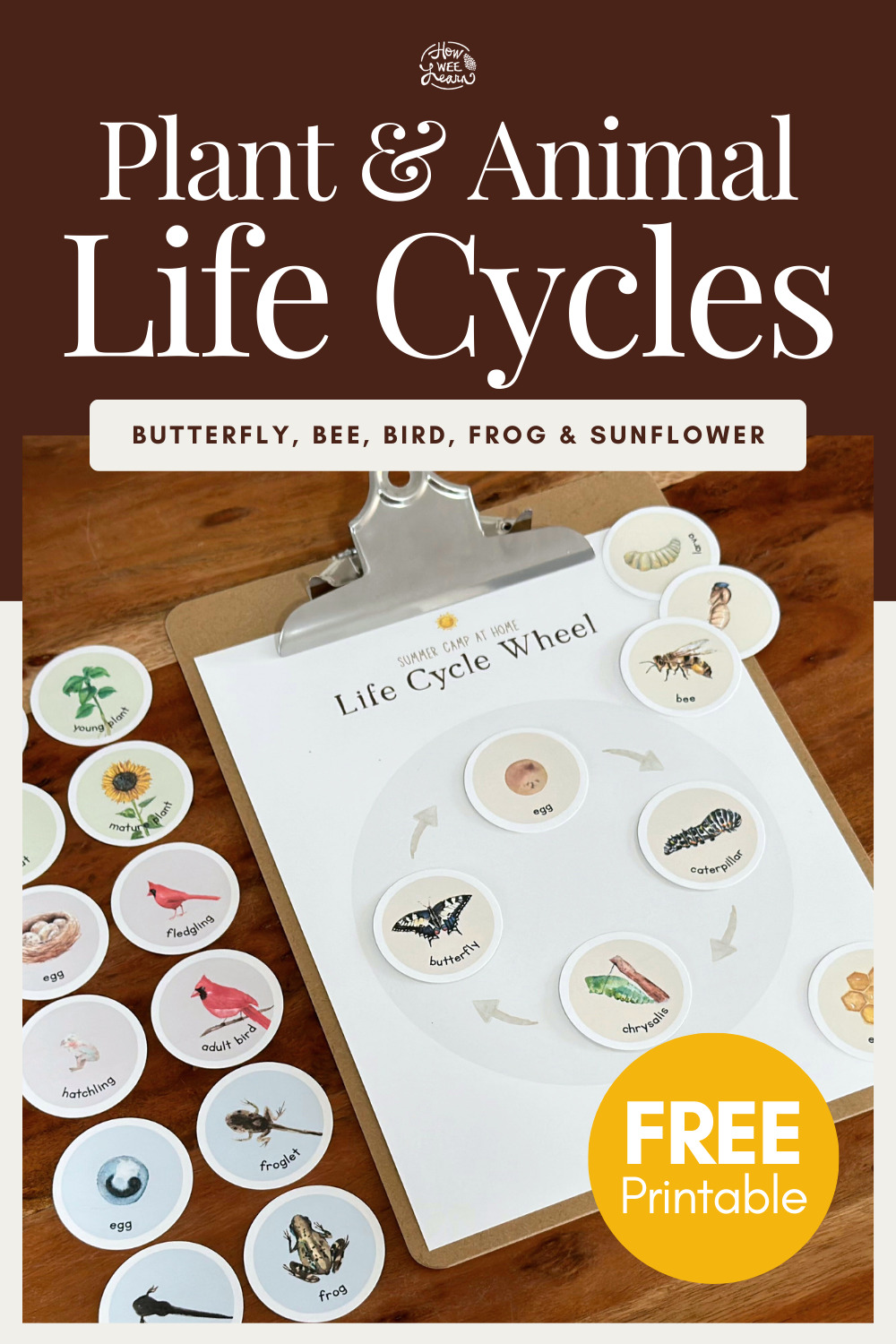
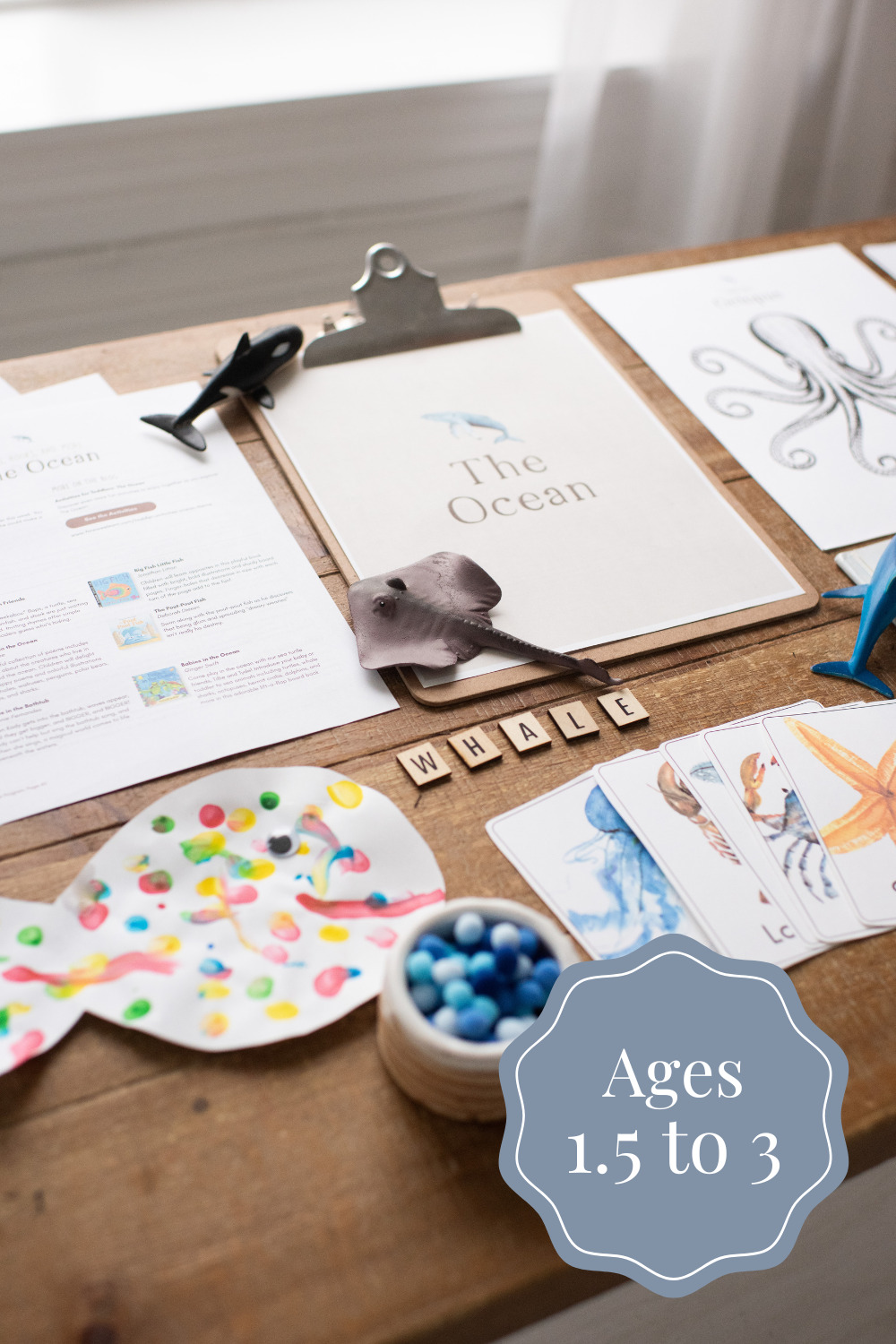
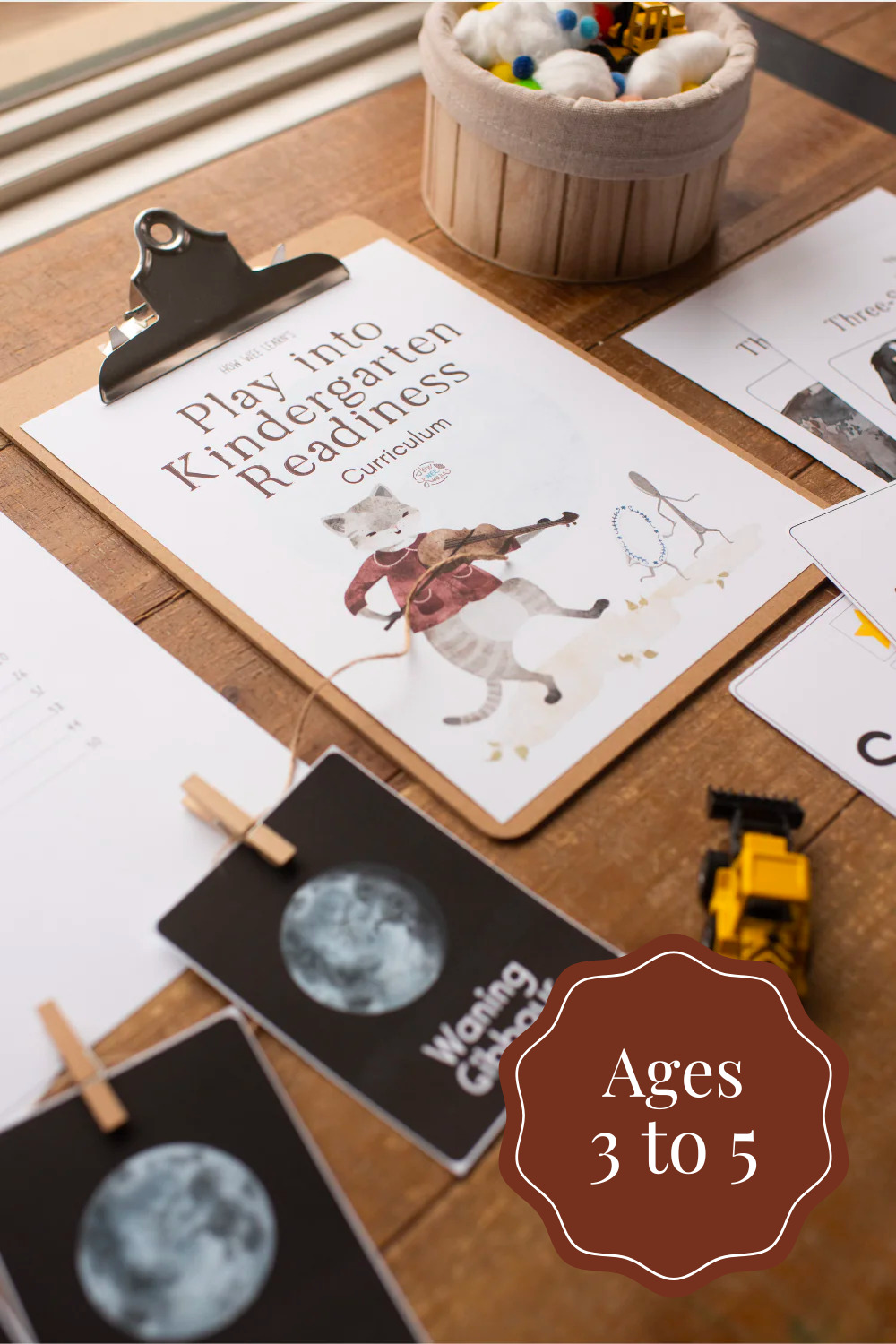
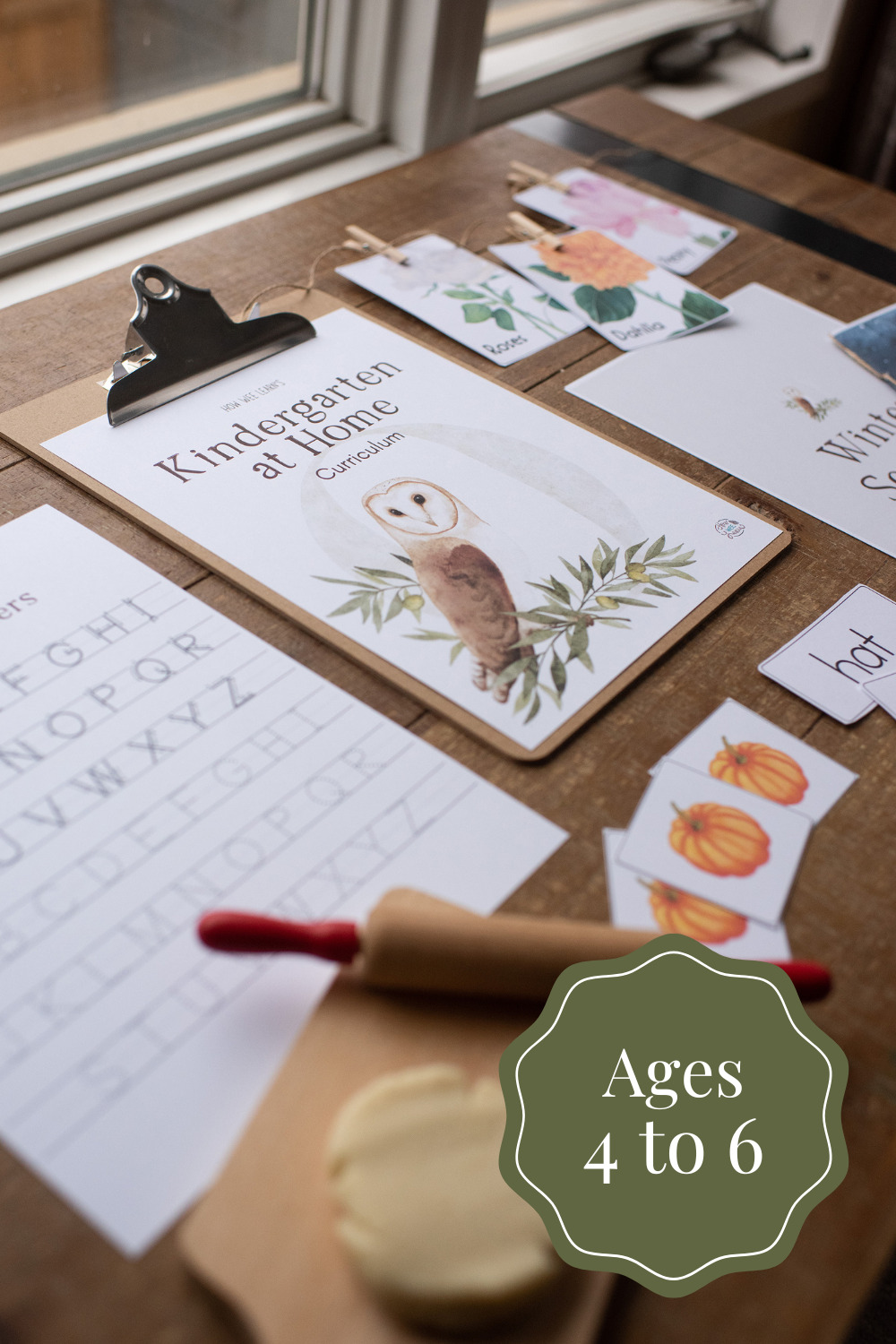
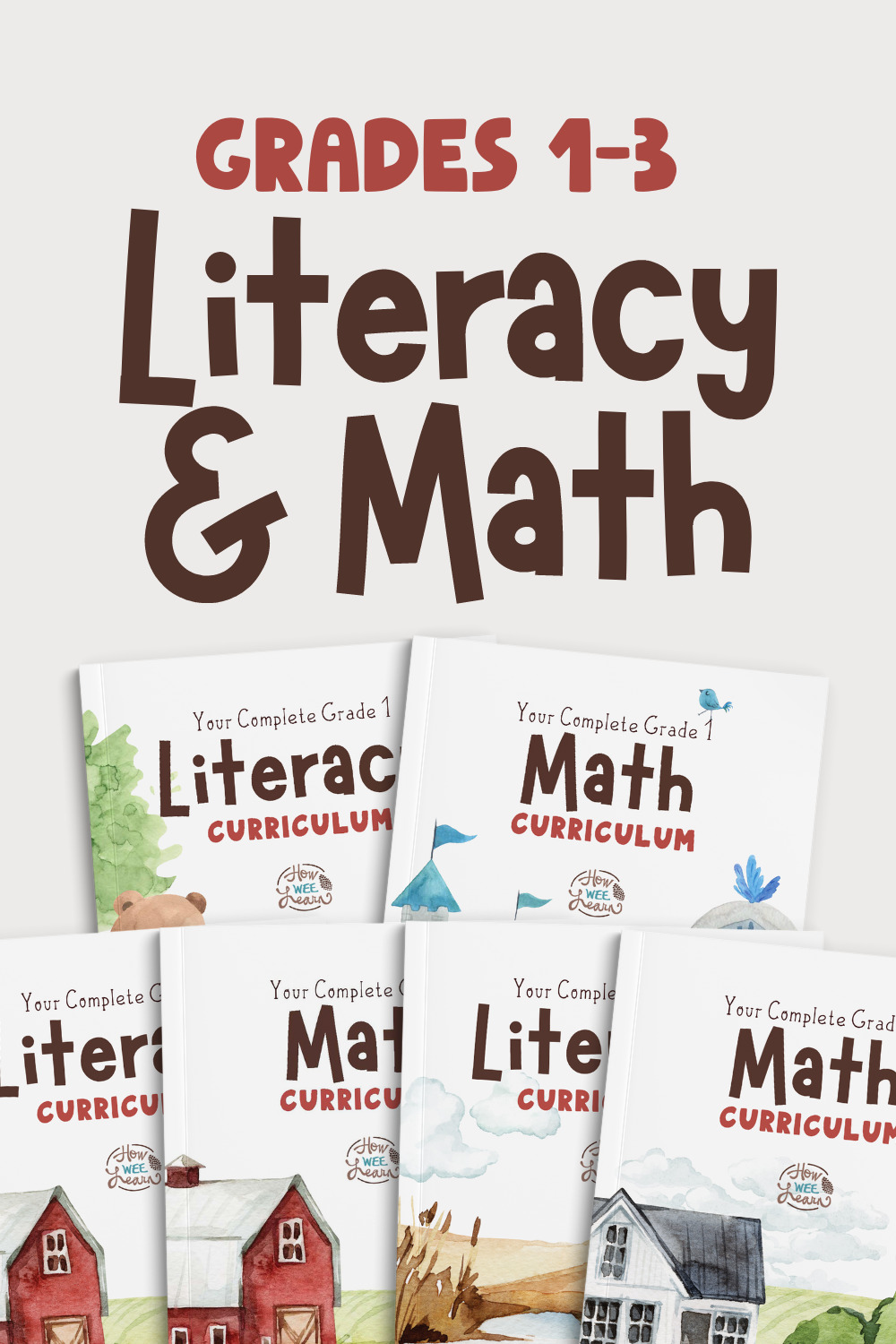

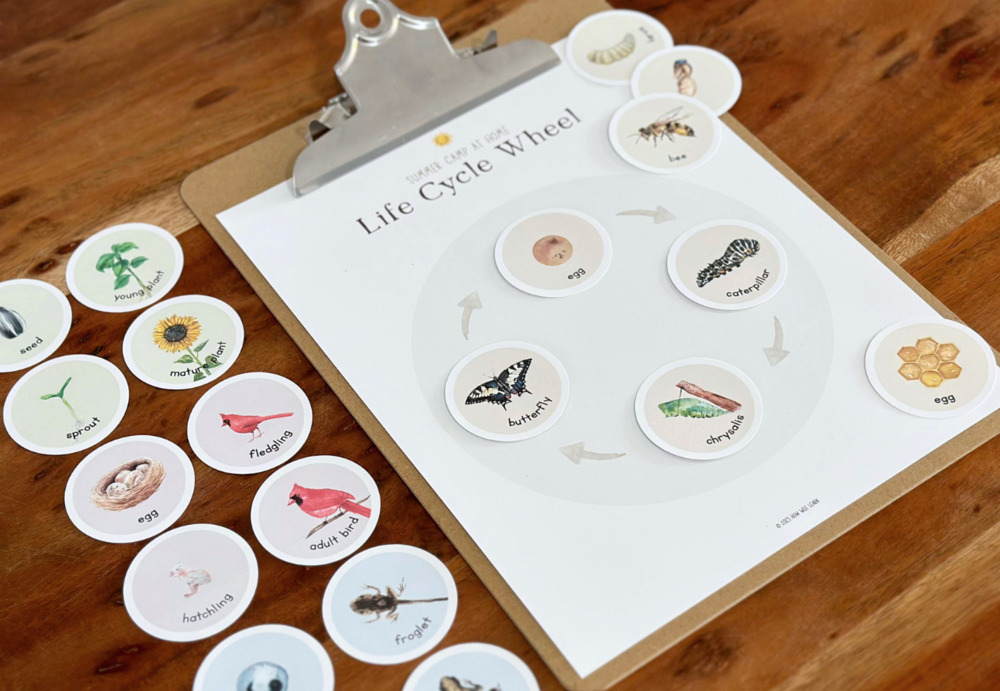
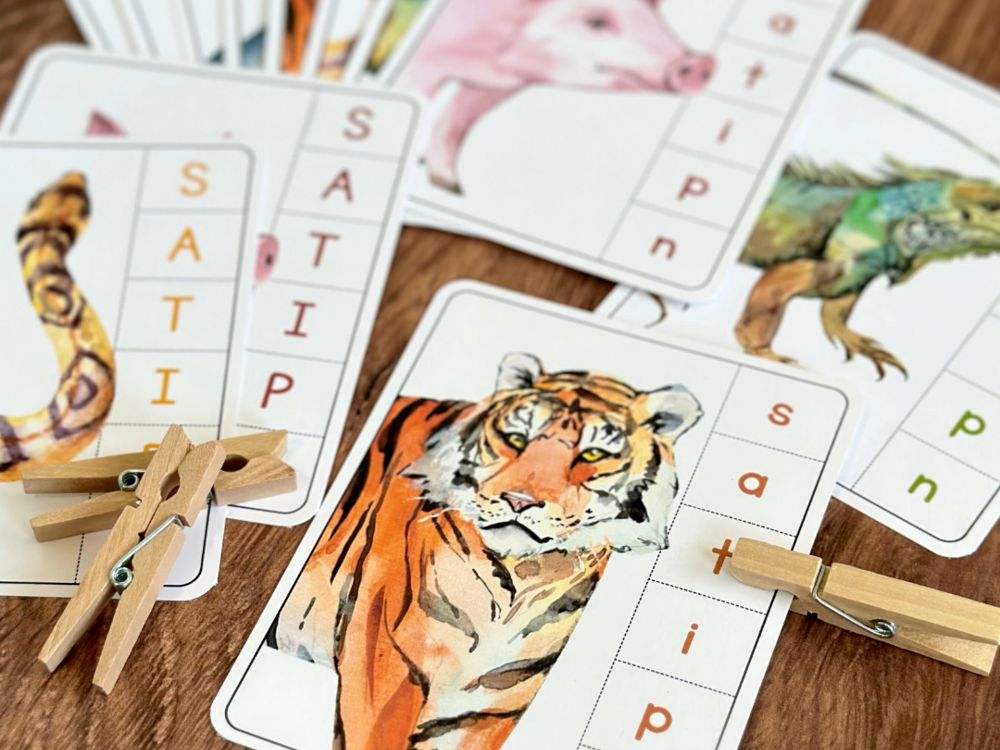
Leave a Reply